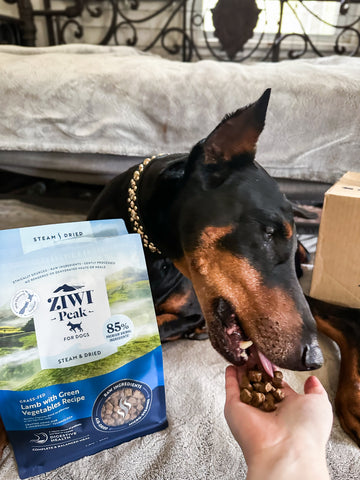Marine biologists have confirmed the existence of a third distinct manta ray species gliding through the shallow, plankton-rich waters of the western Atlantic. Long mistaken for their larger oceanic relatives, these rays—now formally named Mobula yarae—are carving out a place of their own in the annals of marine science.
With their restricted range across the Gulf of Mexico, Caribbean Sea, and southeastern U.S. coastlines, these mantas have finally been identified through a combination of genetic data and morphologic analysis, marking a breakthrough years in the making, as reported by Oceanographic Magazine.

A third species of manta ray has been formally recognized by scientists.
The Clues Beneath the Surface
What set Mobula yarae apart initially were peculiar features spotted by researchers during field observations. These rays displayed distinctive shoulder markings resembling tapering triangles—like a Tesla emblem—and differed in size from the giant Mobula birostris.
Unlike their Indo-Pacific cousins, these rays stayed closer to coastal environments, feeding in upwelling zones off Yucatán, Florida, and Brazil. Their comparatively smaller size, unique dermal denticles, and patchy ventral spots led scientists to suspect they were observing something new, Manta Ray Advocates reports.
But confirming their identity was no easy task. Tissue samples collected in areas like Isla Holbox helped paint the full picture. In a genetic study published by PeerJ, researchers discovered mitochondrial haplotypes and nuclear gene patterns that diverged significantly from known manta species. These data pointed to a recent evolutionary split—within the last 100,000 years—making Mobula yarae one of the most recently evolved large marine vertebrates.

The species, Mobula yarae, is found in the Gulf of Mexico, Caribbean Sea, and western Atlantic.
From Hypothesis to Hard Evidence
The turning point came in 2017, when a fresh, intact specimen washed ashore near Pompano Beach. It offered the rare chance to extract morphological measurements and clean genetic samples—exactly what was needed to finalize the species description. This individual was preserved in pristine condition, Oceanographic Magazine reports, and enabled scientists from the Marine Megafauna Foundation to confirm that this was not just a regional morph but a distinct lineage in its own right.
The journey toward discovery also revealed the species’ vulnerabilities. With their preference for coastal habitats, Mobula yarae are often entangled in fishing gear or injured by boat strikes. Gillnets, trawls, and shrimp boats in the Gulf of Mexico pose a continuous threat. Some have even been recovered from artisanal fisheries in Brazil, where their gill rakers are harvested for pseudomedicinal uses, Manta Ray Advocates reports.
The Habitat at Risk
The Caribbean manta’s limited range only heightens the urgency for protection. Studies near Isla Holbox showed that these rays reliably gather each summer in nutrient-rich upwelling zones. Yet as plankton distributions shift and boat traffic increases, these gatherings may become less predictable—and more dangerous. Seasonal data from PeerJ highlights the connection between chlorophyll blooms and manta presence, suggesting these animals respond rapidly to food availability in shallow waters.
These behaviors make them highly visible—and highly exposed. Without a formal conservation status independent of the broader giant manta listing, Mobula yarae lacks the tailored protections that could ensure its survival. The recognition of its uniqueness opens doors for targeted conservation strategies, especially in hotspots like the Mexican Caribbean and Florida’s Atlantic coast.

Researchers struggled for years to gather a clean specimen for study.
Still So Much to Learn
Even now, researchers continue to grapple with unanswered questions. Some specimens share traits with other mantas, hinting at ongoing hybridization. Others show wildly variable coloration and markings, complicating visual identification. Only through combined visual and genetic analysis can scientists fully understand the population structure and evolutionary path of this elusive species.
And that may be the most remarkable part—despite their size, these manta rays eluded definitive classification for decades. Their formal recognition isn’t just a scientific milestone—it’s a vivid reminder of how little we know about the creatures living just off our shores.

















